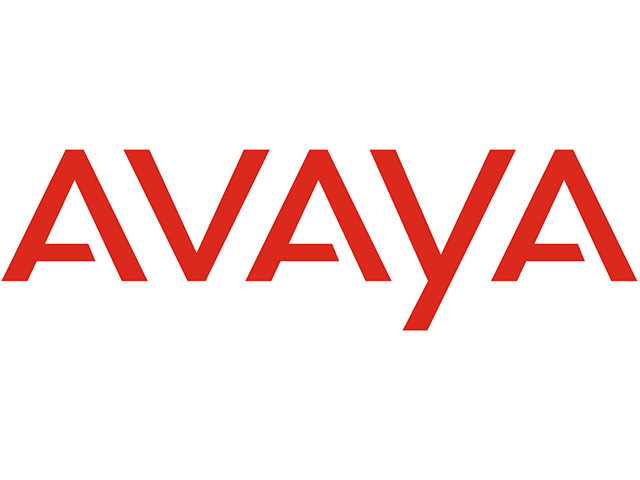Interview with Avaya – Adapting to a new world of customer service Part 1
By Ryan Noik 21 June 2022 | Categories: interviews
If the past two years and a half years have taught us anything, it is to expect and adapt to change. Not only has the way businesses is done changed, so has the requirements of employees – as evidenced by the Great Resignation - and what customers are seeking from the businesses they frequent.
In this multi-part interview with Avaya we look at each of these changes and what new technologies are helping organisations adapt.
Brett Butler, the MD for Avaya, explains that the pandemic, with its initial wave of lockdowns, sparked some immediate changes. The first was that it spurred organisations to quickly change their business models on the fly.
As well, many organisations could no longer sit on the fence with regards to remote working – adopting work from home protocols became essential. Added to this was the uncertainty around when lockdowns would end and if things would ever go back to normal.
Transformation accelerated
Indeed, it is commonly achnowledged that the pandemic accelerated digital transformation by as much as three to five years, driving cloud adoption as a far higher rate as businesses grappled with decentralised workers and a dispersed workforce.
At the same time, Butler continues, customers wanted greater reassurance and a personal touch from organisations. This is not surprising, considering that the lockdowns, for many, brought sudden isolation, had far-reaching impact on people’s mental health and general wellbeing.
Especially in the early days of the pandemic, when South Africa was still awaiting vaccinations, social distancing was a critical part of staying free of infection and reducing the spread of Covid-19. He notes that those organisations that did respond to this need from customers likely earned themselves something intangible but immensely valuable - brand loyalty.
Changing customers
But the change in customers is bigger than just wanting organisations to meet their immediate needs. “Today’s customer isn’t only interested in products and services from organisations anymore. Rather, we are moving towards an Experience Economy, where customers are more interested in the overall experience that they get from an organization,”’ he explains.
For example, gym goers don’t *just* want access to high-end, smart exercise machines, or *just* a place to exercise. They want an entire gym experience, which could include wearables that give them pertinent, personal information about their health, and a virtual community they can connect to. They are looking for the full experience of living a healthy life, not just better treadmills, and coming out of the past two years, quite possibly a sense of belonging to counter the shock of isolation.
Furthermore, customers are quite quickly becoming the Everything Customer. According to Gartner, the Everything Customer goes beyond just wanting instant gratification, which is still important. Rather, the Everything Customer have contrarian and often paradoxical requirements. They desire the convenience of shopping online, but without having to forego the comfort of the in-store experience. They embrace self-service, but they also desire human interaction. They are likely to be willing to provide their information to enable businesses to personalise their experience with relevant offers; and simultaneously demand organisations respect their privacy and be non-invasive.
The personalisation priority
The challenge is not only to service the everything customer though. Additionally, personalisation is another key is providing a fulfilling customer experience.
“Ït is really around balancing the extent to which we extract more information from customers, which is becoming more increasingly more difficult with the likes of POPI and GDPR, and being able to better understand one’s customers touchpoints,”’ explains Butler.
He adds that if a company is focusing on delivering an experience for their customers, they will likey have multiple touchpoints across the entire customer journey.
“’It's essential to understand all those different touch points, and then being able to use AI and analytical engines to be able to build the profiles of those customers. This enables business, when they do reach out, to do so with an understanding of the customer requirements, so that they can personalise their communication and ensure it is relevant,” he stresses.
However, the importance of personalisation doesn’t only apply to customers, it is highly relevant for employees too.
“At Avaya, we also ask what about the employee – what about the people that service that customer journey? We've got to ensure that we are providing them the right context, the right tools and capabilities, so that their day-to-day job isn't boring and unappealing. We must make their journey in this interaction more effortless, exciting, and hopefully rewarding. And any organization doing this is not only going to have a much more motivated workforce, but they’re also going to increase their customer satisfaction with the interaction,” he concludes.
Most Read Articles

Have Your Say
What new tech or developments are you most anticipating this year?



